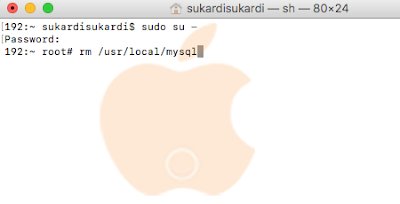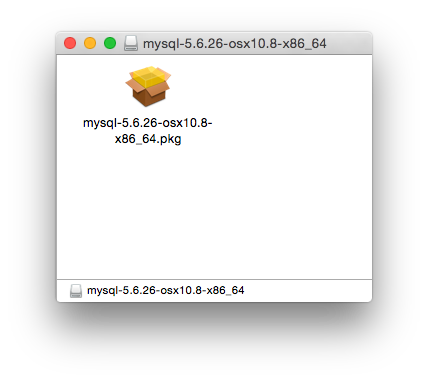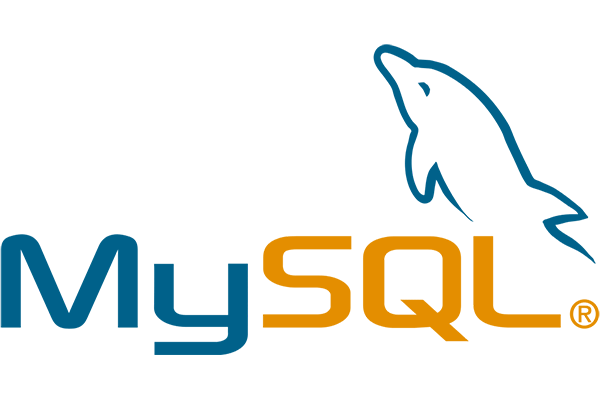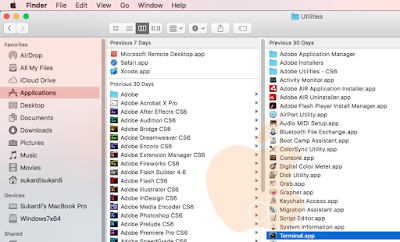

- #MAC MYSQL SERVER UNINSTALL FOR MAC OS#
- #MAC MYSQL SERVER UNINSTALL INSTALL#
- #MAC MYSQL SERVER UNINSTALL PC#
- #MAC MYSQL SERVER UNINSTALL WINDOWS 7#
Installing a copy of MySQL from source is recommended for advanced users only. If you use one of these packages, see Connecting to MAMP or XAMPP for further instructions. Download XAMPP - for MacOS 10.4-10.6, Universal binary XAMPP includes PHP 5.3, MySQL 5.1, and several extras like Perl and an FTP Server. Configuration is performed using command line utilities. XAMPP provides only a utility for starting/stopping the servers. Download MAMP/MAMP Pro - for MacOS 10.4-10.6, Universal binary MAMP includes PHP 4 and 5.2, and MySQL 5.1. There is a commercial utility (named MAMP PRO) available for more advanced options. The utility also allows basic configuration of the servers, including the port MySQL runs on (default is 8889). MAMP includes a GUI utility for starting and stopping the servers. There are no hidden files and both packages are trivial to uninstall - just drag the MAMP/XAMPP folder to the trash. These packages are installed by copying the MAMP/XAMPP folder to your applications folder. The two packages differ in the selection of utilities they include, but both of them include their own version of Apache, MySQL, and PHP. They are designed to give developers an easy way to serve up PHP pages using Apache and MySQL right on their Mac. MAMP and XAMPP are complete web development packages.
#MAC MYSQL SERVER UNINSTALL FOR MAC OS#
MySQL 5.0 for Mac OS X - for MacOS 10.4-10.5, Intel only MySQL 5.1 for Mac OS X - for MacOS 10.4-10.6, Intel only, recommended Version MySQL 5.5 for Mac OS X - for MacOS 10.4-10.6, Intel only
#MAC MYSQL SERVER UNINSTALL INSTALL#
You can optionally install a startup item that starts the MySQL server when your computer starts. The download also includes a system preference pane for starting/stopping the server.

offers a standard MacOS installer package that installs the MySQL Server and several command line utilities.


This is the fastest method for installing MySQL on your Mac, but only available for Intel processors. We have provided links to the most common installation methods for Mac OS X. There are several different ways to install MySQL on Mac OS X. (See Web Hosting Providers for a list of hosting options). Most webservers and website packages will include a MySQL installation as part of the services they provide, and usually provide external connection details to allow you to connect to them in an external program like Sequel Pro. You will have to install a copy on your local machine, or connect to the MySQL server on a machine somewhere on the Internet.
#MAC MYSQL SERVER UNINSTALL PC#
Restart your PC and reinstall MySQL.Mac OS X doesn't ship with its own copy of MySQL, nor does Sequel Pro.Now explore the following locations and delete following folders.Ĭ:\Users\\AppData\Roaming\MySQL Open Windows Explorer and go to Organize > Folder and search options, Select the “View” tab and under “Hidden files and Folders” choose “Show hidden files and folders”.(If you can uninstall MySQL from Control Panel) Go to Control Panel > Programs > Programs and Features, select MySQL Server 5.x and click Uninstall.Run Command Prompt as Administrator and execute the following command to stop and remove MySQL service.NOTE: The method will remove all database and instances of MySQL, so if you want to save your existing databases, take backup before going through the steps. I tried to uninstall/re-install it again but couldn’t get success.įinally I decided to get rid of MySQL manually and followed these steps to uninstall MySQL from Windows completely.
#MAC MYSQL SERVER UNINSTALL WINDOWS 7#
Yesterday, I was installing MySQL in my PC running Windows 7 圆4 and suddenly the installation meshed up while configuring post installation settings.


 0 kommentar(er)
0 kommentar(er)
